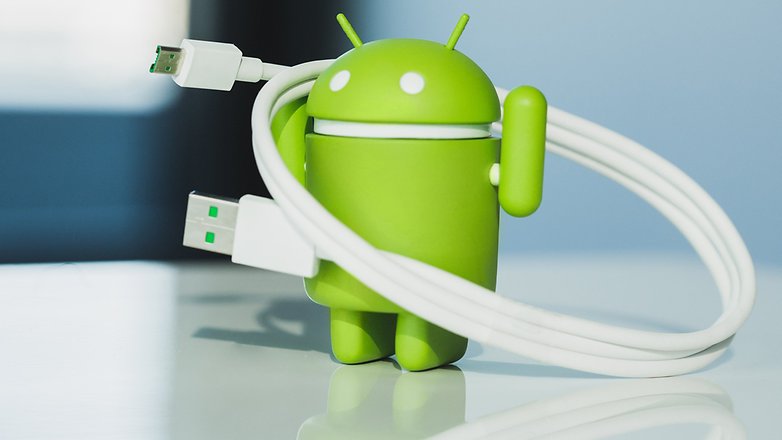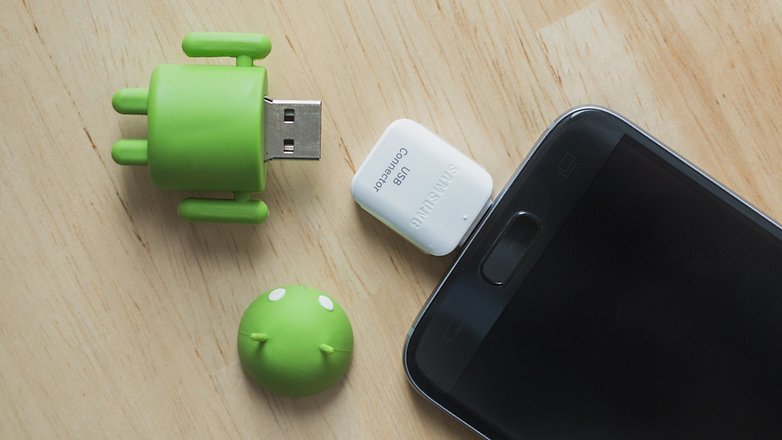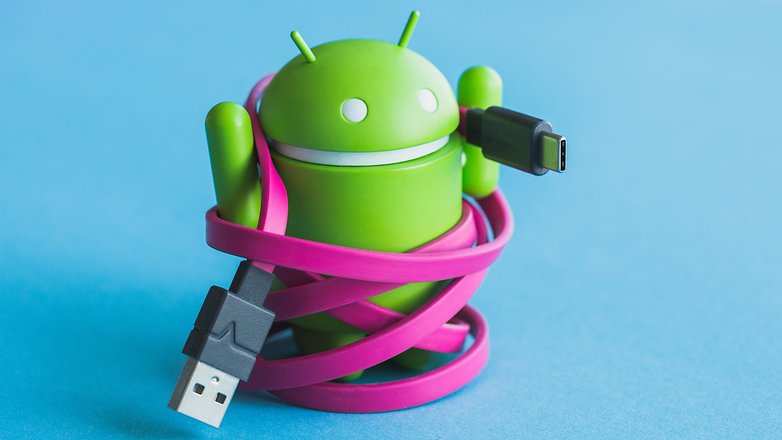We are already saying goodbye to the Micro USB inputs. This connection has been the standard in recent years for Android smartphones and other electronics, but it is being replaced by the Type-C USB, which came on the market with the arrival of recent MacBooks and also the Chromebook Pixel in 2014. Here we show you everything What you always wanted to know about USB Type-C.
What does USB mean?
USB the acronym used for Universal serial bus and refers to the type of connection used on a bus (connection or data transfer channel) to connect, exchange data and provide electricity to power general electronic devices.
USB-IF is a consortium made up of the world's top technology companies such as Samsung, Nokia, LG and others and is responsible for publishing the USB standards. The first standard was published in 1998 and corresponds to USB 1.1. However, this type of connection has not started to become popular until its version 2.0, which is used on most current devices.

USB the acronym used for Universal Serial Bus / AndroidPIT
On the other hand, we have to differentiate the USB versions and the types of connectors of the same. The versions have specifications that concern the data transmission speed and the intensity support of the electric current. And each version supports various connector types.
USB versions
- USB 2.0: These are most USB computers. The data transfer rate is at most 60 MB / s, but the average is 35 MB / s. The electrical intensity can generate up to 900 mA, but normal is 500 mA. Unfortunately, most cables only support this intensity.
- USB 3.0: This version can be recognized by the blue plastic inside the connector. Its interchange rate is 10 times higher than version 2.0, can reach up to 600 MB / s and is capable of transmitting 5W at 1000 mA amperage. Only a few cables support the strength of version 3.0.

Not all versions are compatible with all connectors / AndroidPIT
- USB 3.1: The latest version of USB. With a transfer rate of over 1.2 Gbit / s, this edition promises to revolutionize the way we transfer data through our devices.
Connector Types
The connectors depend on their sizes. The most common are:
- Type AIt's the best known of all and it's what we poor mortals simply call USB. It is present on almost all computers and at least at one end of all charging cables.
- Type Mini-B: Older, the connector that was used in various electronics, such as tablets, smartphones and equipment. A bit bigger and wider than micro-B, it was replaced by this one.
- Micro-B Type: The connector found on most smartphones and tablets at the moment. Also known as Micro-USB.
- Type-C: The Type-C connector has recently arrived in the world, but is already dominating and unifying the market, with most new devices bringing the input to this type of port.
Advantages of USB Type-C
Charge your smartphone in under an hour
There are several advantages of USB C or Type-C: resistance, data transmission and charging speed, symmetrical input and much more. See more in the article below:
Disadvantages of USB Type-C
Cables with Type-C connector and USB 2.0 back
Not all manufacturers adjust their cables to the new version. Some of them have a Type-C connector, but include the USB 2.0 version, which can be very dangerous. If we use these cables with chargers and smartphones that have the Type C standard, USB 3.1, we could make the device unusable as happened with Google engineer Benson Leung.
USB Type-C incompatible with traditional fast charge
This is not really a disadvantage, but it goes against the prejudice we have about fast loading. O Quick charge from Qualcomm, the Turbo charge from Motorola and the OPPO VOOC Flash Charge use the data line to provide extra power for USB 2.0. NO USB 3.1 data line s can be used for data.

Type-C USB cables have advantages and disadvantages to be evaluated / AndroidPIT
Power on the Type-C connector does not need to use the data line because it supports much more electricity (100W) than the traditional fast load (18W). In fact, it can be up to 5 times faster (theoretically) than the fast charge current.
USB Type-C is still not very common and relatively expensive
USB Type-C is still on the market and there are still few devices that have input for this type of connector, as well as cables that really fit the version, although they grow everyday. The only devices that comply with USB 3.1 Type-C are those from Google's Nexus line. Also most chargers and cables that really are USB Type-C are quite expensive.
Tips for using USB Type-C
- Beware of cheap Type-C USB cables. These can be very expensive in the long run;
- Even if your device comes with a Type-C USB, check your specifications;
- Always use the cable and charger that comes with your device;
- If you need a replacement, find out the quality and compatibility of the product with the device.
And have you ever had a problem with a Type-C USB cable?
(tagsToTranslate) usb Type-C (t) advantages (t) speed (t) capacity (t) transfer (t) resistance
